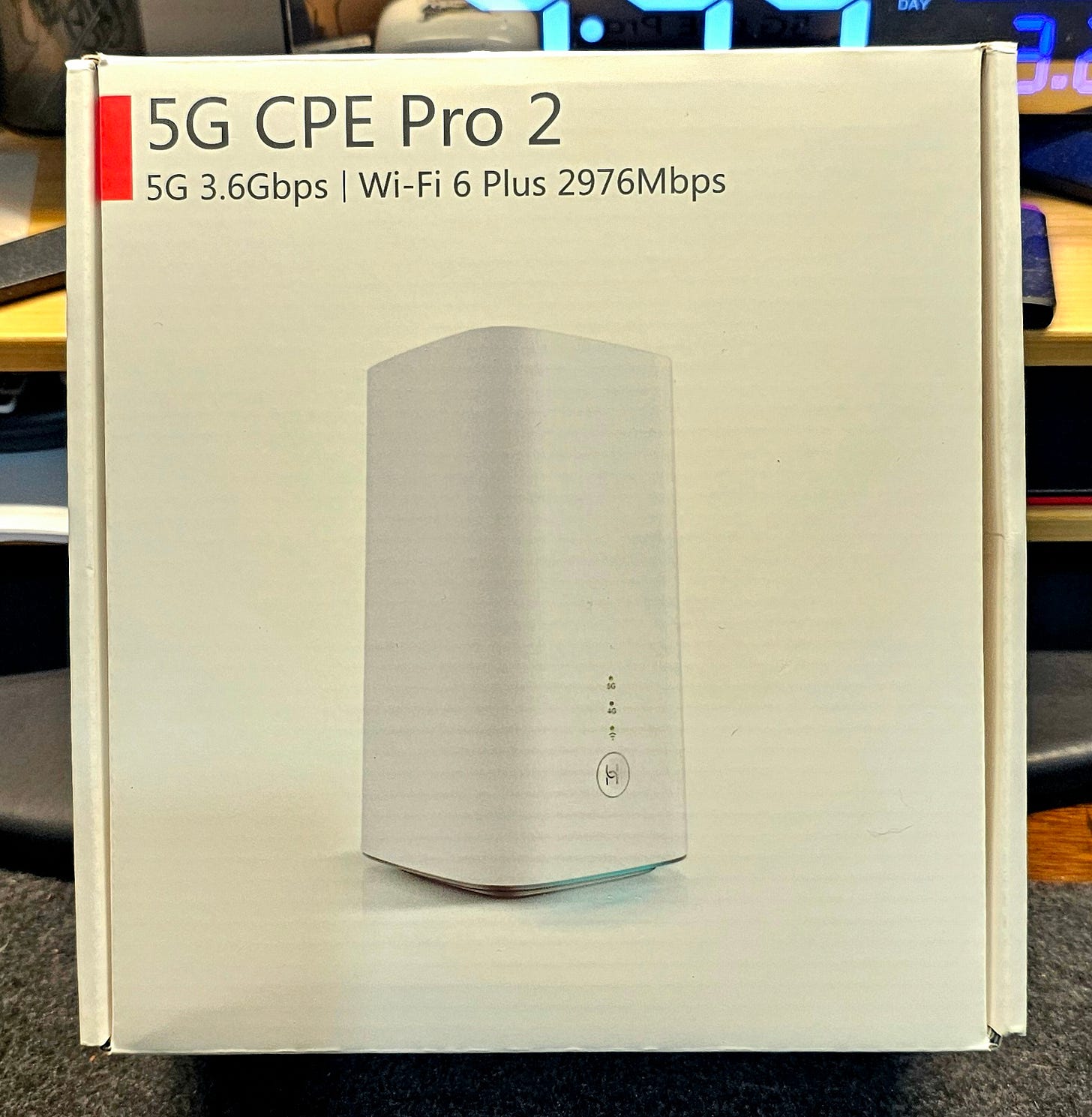In January 2022, frustrated by the limited internet options in my rural area of Chile, I decided to invest in a Starklink satellite internet kit. The initial setup was far from inexpensive, and the monthly fee hovered around $90 USD. Despite the cost, it felt like the best choice at the time, especially since our home Wi-Fi depended solely on a 4G hotspot from my mobile phone.
When the Starklunk kit arrived, I was genuinely impressed—the dish, cabling, router, and even the packaging were all top-notch. It felt premium, and back then, Muskovich still seemed like one of the good guys. Shortly after, when Russia invaded Ukraine again, Starlank proved essential in maintaining Ukraine's communications, and I felt proud to support a technology that was helping defend freedom.
But as time passed, my admiration soured. He began limiting Starlincovich’s capabilities for Ukraine, and his association with “you know who” only deepened my unease. I felt conflicted—my livelihood depends entirely on stable internet, so despite my personal reservations, I had no choice but to stick with Stuklink for the time being.
However, over the past several months, I started researching alternatives. My mobile provider had rapidly expanded its 5G coverage, becoming the best in Chile. After upgrading my phone to 5G, I noticed immediately how superior the speed and reliability were. This discovery led me to explore 5G routers, devices that use SIM cards to directly connect to nearby cell towers. Given that we have a tower in direct sight of our home, this quickly became a promising alternative. Not to mention that my 5G mobile account has unlimited internet.
Finally, in February this year, I pulled the trigger and ordered a Huawei 5G router. Admittedly, Huawei wasn't my first choice, but practicality won out. The router arrived yesterday, and since I'd already set up a new SIM and account with my mobile provider, the transition was seamless.
Today marks my first day fully online using my new Huawei 5G router—and the results are impressive. Not only am I paying just one-fifth the monthly cost compared to Starblink, but my internet is also approximately 50% faster!
It's a lesson in staying flexible, exploring new technologies, and never settling when better options become available.
❤️ Thanks so much for reading! I hope you found it interesting. Since Substack’s payment service, Stripe, isn’t available in Chile, you can support my work through Ko-Fi for as little as the price of a cup of coffee—just click the image below. ❤️












My Rogers home internet wireless service cost $50/mth Canadian for 500 GB of data. I typically use about 100 GB/mth. That currently gives me 13.64 down and .49 up. Ping ms 48 314 399. On top of that, I pay $90/mth CDN for 80 GB of data on my phone. Around my house, I get 3 bars on a 5G network that needs to show 5 bars to get 5G. My phone includes across Canada calling but not cals to the U.S. which would set me back another $20/mth. So currently about $140/mth CDN (equiv $100 USD) for connectivity. That's only carrier charges. I bought my phone outright. The $50/mth includes a Nokia router. Starlink is $250 setup + $140/mth. plus tax so closer to $160/mth, but of course, does not include phone service.
Shared on the face place. great reminder, keep watching options.